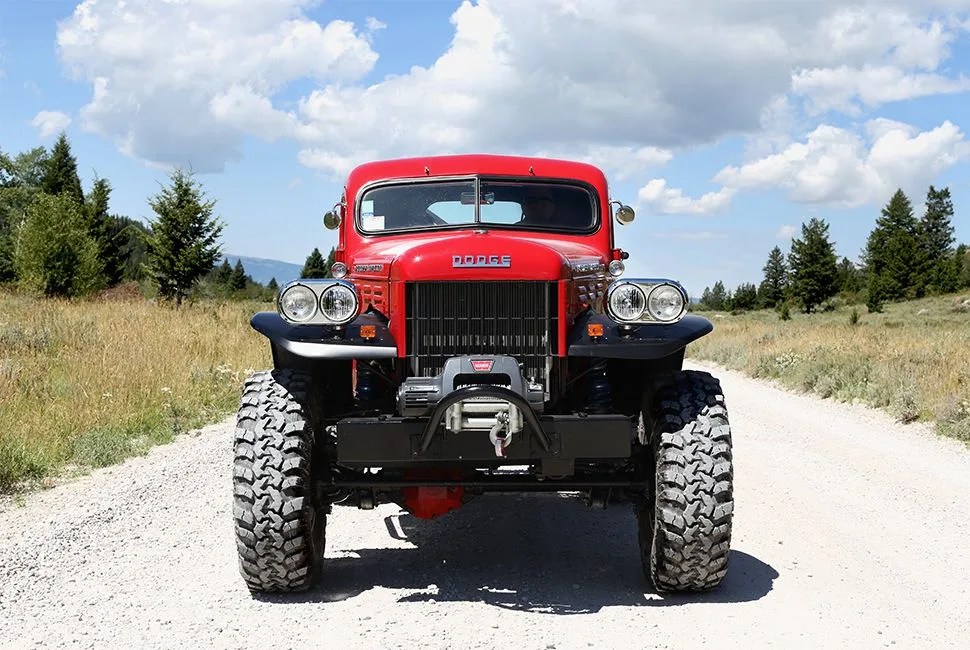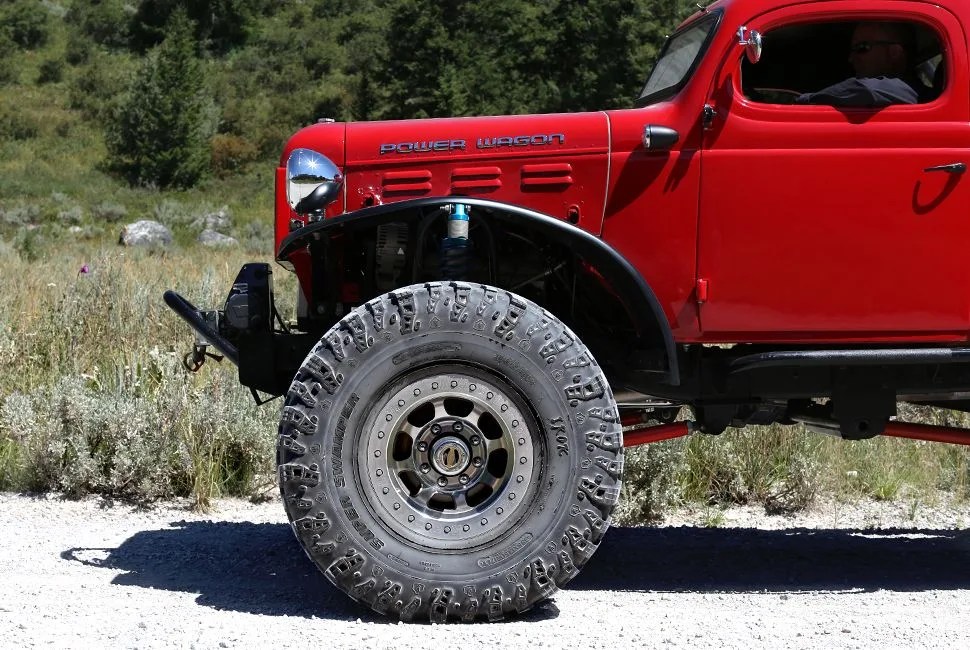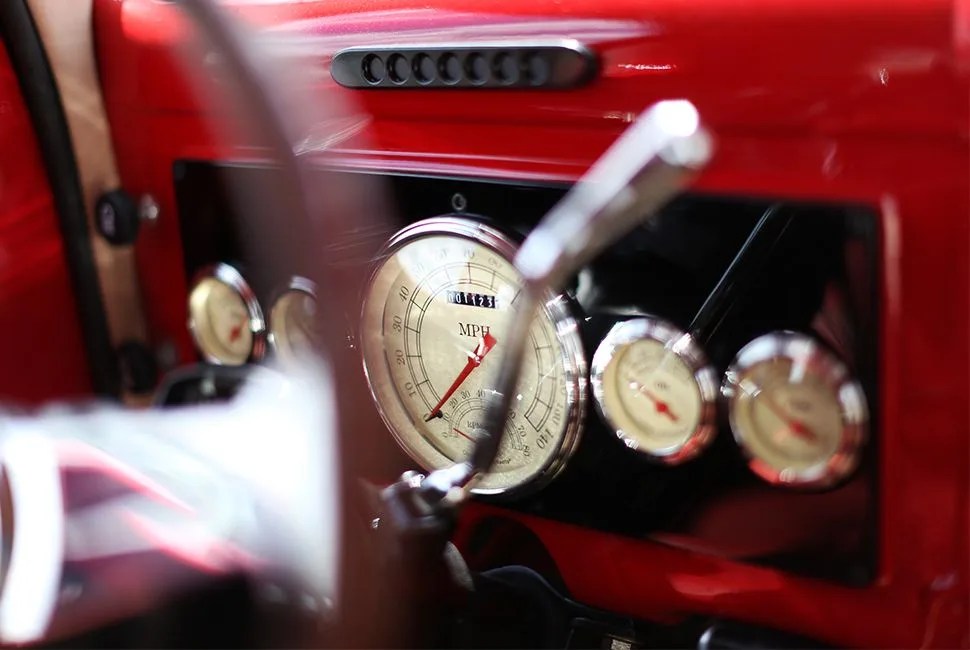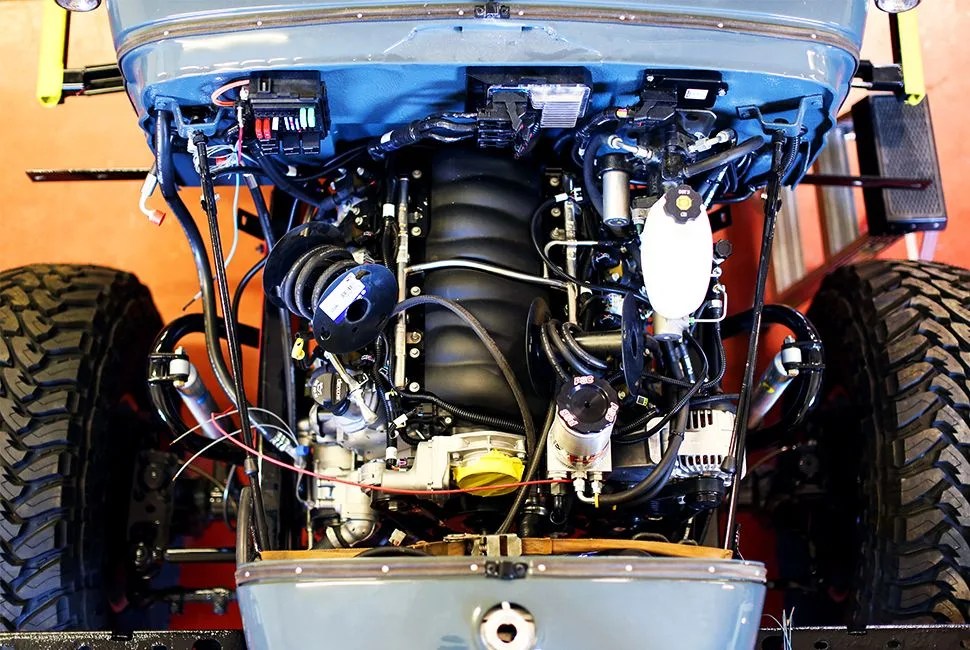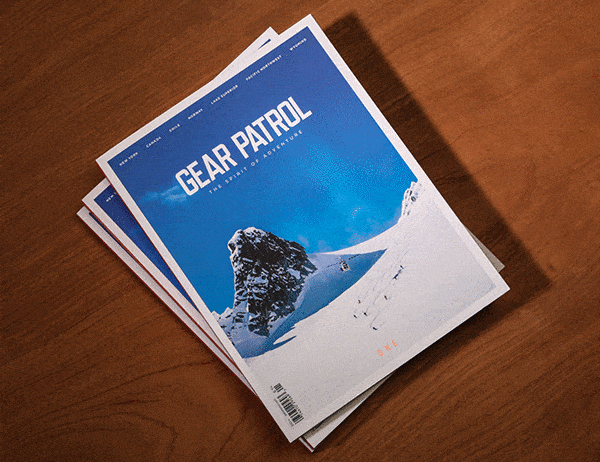From Issue One of the Gear Patrol Magazine. Free shipping for new subscribers.
Teton Pass Road rolls between Wyoming and Idaho through peaks that otherwise wouldn’t be scalable without some serious boots and the heart of an ox. It’s a total bitch, even paved. In the middle of a Western summer, the roadway is a proving ground for runners, cyclists and vehicles. “If a truck can get to the top of Teton Pass on a hot summer day and not overheat, that cooling system is totally bomber,” says Winslow Bent, Founder of Legacy Trucks in Jackson, Wyoming. “You cannot find something more challenging on a cooling system than wide-open throttle for seven miles all the way to the top of that pass.”
Fine. Good. But every modern truck will take the pass without a wiggle of the oil temperature gauge. The Porsche Cayenne I was in hightailed up the curves with German growl.
Bent’s on a different page, though. He’s not talking about trucks from this century. He’s stuck back in WWII time, and he’s talking about taking the first-ever 4×4 brought to the civilian market — the Dodge Power Wagon — up over the curves of the pass.
Bent, born in Chicago, grew up with a father obsessed with WWII-era vehicles. Bent worked on a Power Wagon of his own while living and working in Wyoming, then sold that first restoration, in 2008, for six figures. That was affirming; he opened up shop. At the subtle request of his wife, he moved operations out of his garage, over Teton Pass and into Idaho. “I have spent my wheel time in these trucks,” he says. “I’ve driven and owned and operated and grew up around plenty of these vehicles to understand: ‘Wow, here’s what’s great and here’s what sucks.’”
Bent’s job is to make what sucks not suck. He buys field-sale Power Wagons, brings them to his shop in Driggs, Idaho, strips them down, scavenges scrap parts, rips apart frames, sands down sheet metal and then converts a rust pile into a polished piece of machinery. His team puts 1,000 to 2,000 man hours into restorations. The trucks sell for as much as $250,000. They can do 0-60 in 6.3 seconds and can cruise at 80 mph for days. They can tackle Teton Pass Road.
3 photos
